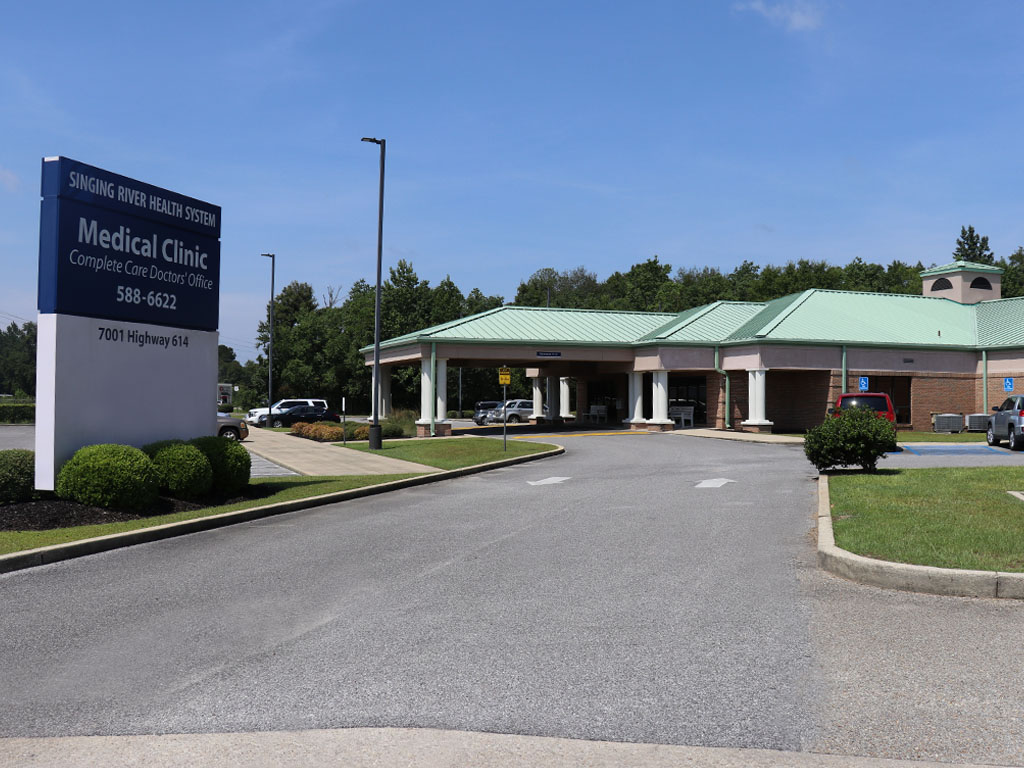Discovering one of the most Efficient Clinic for Your Urgent Care Demands
Wiki Article
Understanding the Duty of Urgent Care in Providing Timely Treatment for Non-Life-Threatening Problems
Urgent treatment centers have emerged as an essential component of the medical care landscape, attending to the prompt needs of clients with non-life-threatening problems. By providing accessible and timely clinical services, these facilities efficiently link the space in between health care and emergency divisions. However, the effects of their duty extend past plain ease, triggering a better examination of when and exactly how these centers are made use of. Comprehending the subtleties of immediate care could substantially impact individual end results and the overall efficiency of medical care shipment. What factors add to their expanding value in modern medicine?What Is Urgent Care?
Immediate care refers to a classification of clinical services developed to address non-life-threatening conditions that require immediate interest. These facilities function as an intermediary between health care medical professionals and emergency clinic, using a practical option for individuals that require prompt treatment without the considerable waiting times typically related to emergency divisions.Immediate care facilities are typically staffed by physician, including doctors, registered nurse specialists, and physician aides, who are trained to diagnose and deal with a vast selection of problems. Common solutions offered by these centers consist of treatment for small injuries, illnesses, and infections, along with diagnostic examinations such as X-rays and lab work.
Furthermore, immediate care centers often approve walk-in patients, removing the requirement for visits. On the whole, urgent treatment plays an important duty in the medical care system, making certain patients can access essential clinical services quickly and effectively.

Lots of individuals may discover themselves unsure concerning when to seek treatment at an immediate care center rather of a health care physician or an emergency space. Urgent care is developed to resolve non-life-threatening problems that need prompt interest but are not severe adequate to warrant an emergency room go to.
Generally, one need to consider urgent treatment for issues such as small cracks, sprains, cuts requiring stitches, or infections like urinary system system infections. Additionally, cool or influenza signs and symptoms, rashes, and sensitive reactions can likewise be suitably managed in this setup.
It is essential to keep in mind that immediate care is not suitable for deadly emergency situations, such as chest pain, difficulty breathing, or extreme blood loss, which require prompt emergency space intervention.
Individuals who lack access to a health care doctor or can not safeguard a prompt consultation may also profit from immediate treatment solutions. Eventually, comprehending when to utilize immediate treatment can lead to extra efficient healthcare distribution, allowing clients to obtain the ideal level of care based upon their certain wellness demands.
Advantages of Urgent Treatment Centers
Picking immediate care centers for non-life-threatening problems offers a number of benefits that boost client experience and access. One primary benefit is the minimized wait times contrasted to typical emergency rooms. Immediate care facilities normally run on a first-come, first-served basis, permitting people to obtain timely medical interest without the lengthy delays commonly linked with health center setups.Additionally, immediate treatment centers supply extensive hours, including evenings and weekends, suiting patients with varying schedules. This versatility ensures that individuals can look for treatment when it is most convenient for them, better advertising timely intervention.

Additionally, these centers often provide an extensive variety of services, including analysis tests and small procedures, all under one roof. This debt consolidation of solutions not only improves the person experience but additionally fosters an extra natural technique to taking care of non-life-threatening wellness concerns, eventually benefiting total person outcomes.
Common Conditions Dealt With
At urgent care facilities, a variety of non-life-threatening conditions can be efficiently dealt with, supplying patients with prompt and obtainable clinical support. These centers are particularly skilled at addressing problems that call for timely attention however do not present a prompt danger to life or limb.Common conditions treated at urgent treatment centers include small injuries such as cracks, pressures, and strains. Urgent care centers are geared up to carry out necessary analysis tests, such as X-rays and lab examinations, enabling them to provide detailed care.
In addition, immediate treatment companies can administer vaccinations, aiding to stop the spread of transmittable diseases - Urgent Care. They likewise offer solutions for small treatments, such as suturing injuries or draining pipes abscesses. By providing these varied solutions, immediate treatment centers play an important function in bridging the void in between main treatment and emergency services, guaranteeing clients obtain timely treatment for a vast array of conditions without the need for lengthy delay times commonly associated with emergency clinic
How Urgent Care Sustains Medical Care System
Urgent care centers play a vital function in sustaining the general healthcare system by alleviating the problem on emergency divisions and supplying prompt accessibility to medical care for non-life-threatening problems. By dealing with situations such as small injuries, infections, and ailments, urgent treatment facilities permit emergency situation divisions to concentrate on even more important people calling for immediate focus.Moreover, urgent care facilities boost healthcare availability, supplying extended hours and my review here an easier option to traditional health care setups. This availability is specifically valuable for people that may not have a normal physician or that require instant treatment beyond regular workplace hours. As an outcome, immediate treatment facilities successfully minimize wait times and improve person contentment.
Additionally, urgent treatment centers contribute to cost savings for both patients and the medical care system by offering lower-cost solutions compared to emergency departments. This monetary effectiveness is vital in an age of climbing medical care expenses, permitting people to get needed treatment without incurring excessively high expenditures.
Conclusion
Finally, immediate treatment facilities play a crucial function in the health care system by providing timely treatment for non-life-threatening problems. By connecting the void in between health care and emergency clinic, these facilities make certain that clients get timely clinical interest without the extensive wait times typically related to emergency divisions. The accessibility and efficiency of immediate care centers add considerably to minimizing the total worry on healthcare sources, boosting person outcomes, and advertising a more efficient medical care shipment system.Urgent care centers have arised as an important element of the health care landscape, addressing the prompt needs of people with non-life-threatening conditions. Urgent treatment check outs normally sustain lower out-of-pocket costs contrasted to emergency situation division gos to, making care much more inexpensive for clients without endangering quality. Immediate treatment facilities are geared up to do needed diagnostic examinations, such as X-rays and her response laboratory tests, enabling them to supply comprehensive treatment.
By using these varied services, immediate care centers play an important role in linking the gap in between key treatment and emergency services, guaranteeing patients obtain prompt therapy for a wide range of conditions without the requirement for lengthy delay times commonly connected with emergency situation areas.
In addition, immediate treatment facilities improve healthcare availability, using extended hours and a more convenient he has a good point alternative to standard main care setups.
Report this wiki page